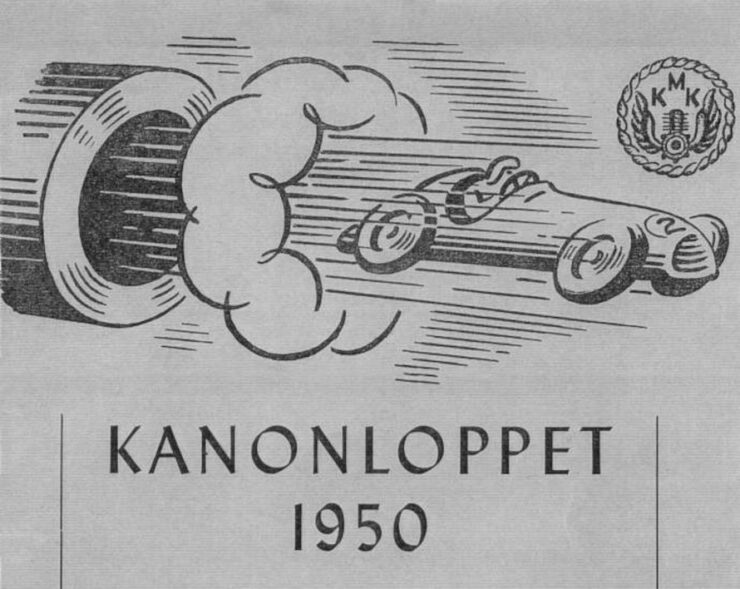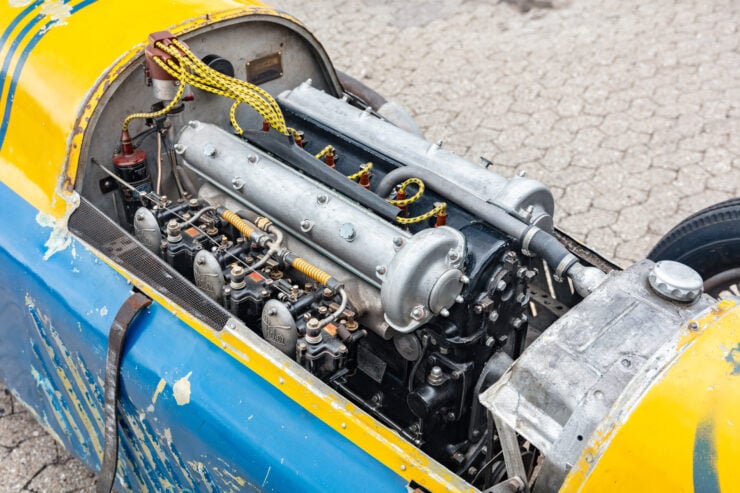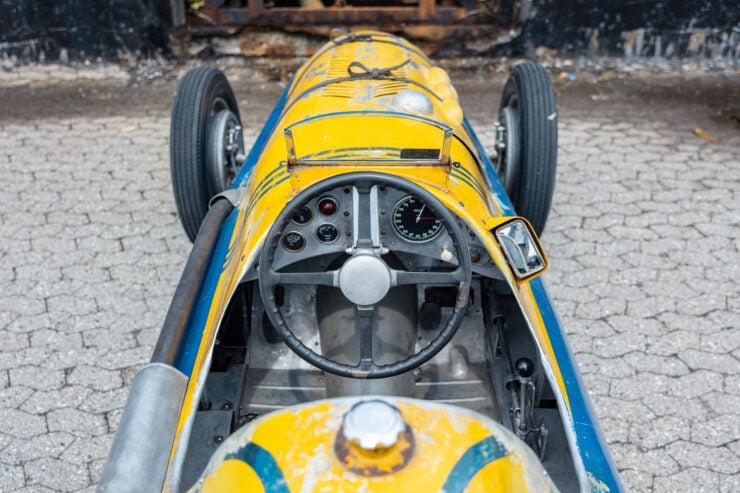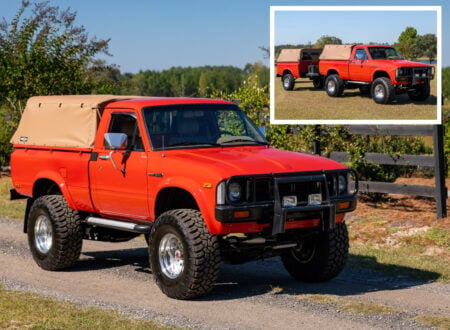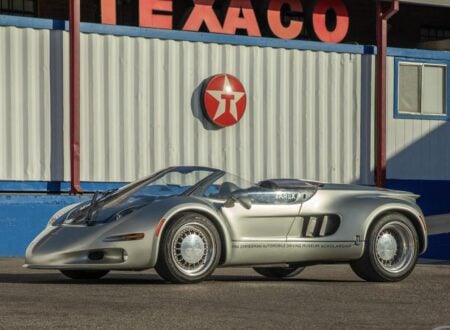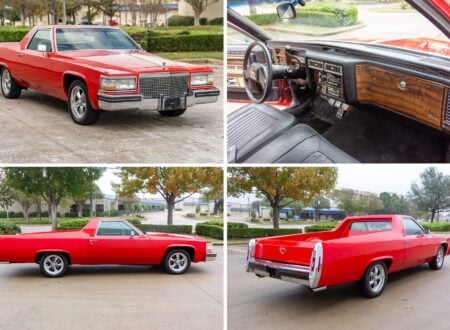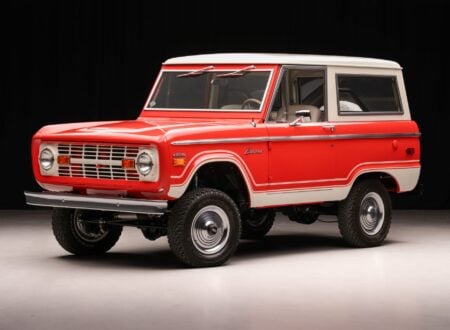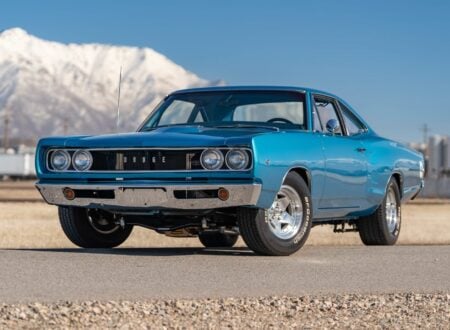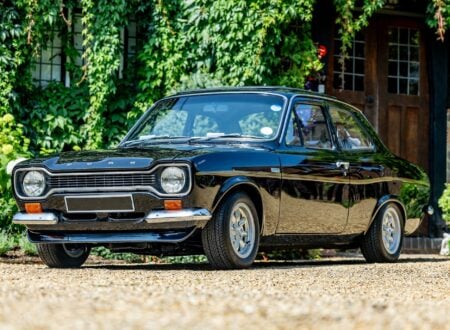In the years after the Second World War one of the influential people who worked to prosper motorsport in Sweden was Gunnar Olsson. He was a driving force behind the creation of the Karlskoga Motorstadion at Gelleråsen in central Sweden: and he was also a driving force in Swedish motor racing during the 1940’s and 1950’s.
His home-build car named the “Go-On II” was built around Jaguar SS and Alfa Romeo 6C components and he campaigned it up until 1954.
Fast Facts – The Go-On II-Alfa Romeo Special Ice Racer
- Gunnar Olsson was a dedicated competitor in Swedish motor racing building two cars for racing; “Go-On” and “Go-On II”.
- Olsson joined together with farm owner Elias Frisk to establish the first permanent motor racing track in Sweden at a place called Gelleråsen.
- This track would start out with a gravel surface and then by 1952 it was given a bitumen surface.
- The track would be named the Karlskoga Motorstadion.
Gunnar Olsson
Gunnar Olsson was both a dedicated Swedish racing competitor and a driving force behind the establishment of the first permanent motor racing track in Sweden at Gelleråsen in 1950.
In the post-war period motor racing in Sweden during the summer was done on public roads, and in the winter months was transformed into a gladiatorial “chariot race on ice” type of experience sometimes conducted on frozen lakes or at the Rommehed race track.
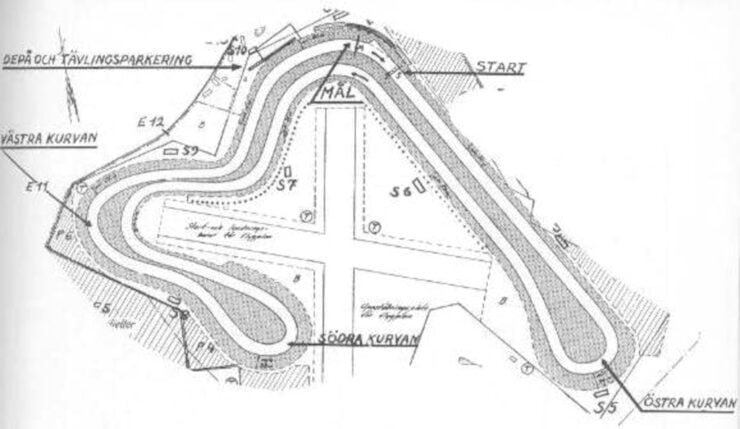

Rommehed was a temporary track created using sand and ice. The local fire brigade sprayed water on the ground, then trucks brought in loads of sand which was spread evenly over the ice, and then the process was repeated for a couple of weeks until they had a nice fairly flat race track with an even surface.
The cars were often open-top open-wheelers and in the winter the drivers needed warm clothing including head covering and decent gloves to keep fingers from the ravages of frostbite. To get a grip of the ice the cars, and motorcycles, would be fitted with tires with sharp steel spikes which could dig into the ice and give the tires grip to translate the roar of the engine into actual forward movement.
So we could perhaps best describe these winter racing events as being a big dose of adrenaline laced with masochism: something like the chariot race in the movie “Ben Hur” on ice.
The entertainment was sufficiently spectacular that thousands of spectators would brave the freezing conditions and flock to the races to witness these contests between magnificent men in their ice conquering wagons.
These ice races were an integral part of Swedish motorsport culture, but Gunnar Olsson understood that for Sweden to really have a place for the top end of motorsport it needed a permanent race circuit, a place where Formula One races could be hosted.
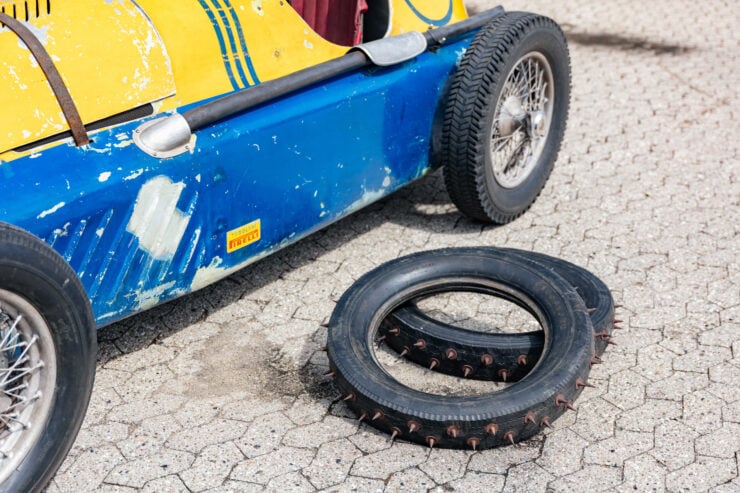

Olsson looked for a suitable venue in central Sweden and ultimately his quest bore fruit when he met a farmer named Elias Frisk. Frisk was willing to embrace the idea of a race track on his farm and so the two started work to bring the idea into reality.
Not only did Elias Frisk have a suitable patch of land on which to create a race track, but on his property he also had a gravel quarry, and racing on a gravel track can be pretty much as exciting as racing on ice. So between the two a 1.55 kilometer gravel race-track was created, and race events were held there. The track was near Gelleråsen and came to be called the Karlskoga Motorstadion.
Cars used for gravel track racing are, of course, going to get a liberal dose of “gravel rash” adding a patina of not so gentle use to the paintwork, but that was a small price to pay – shoes are meant to be worn, and cars are meant to be raced.
The first race at Gelleråsen was held on June 4, 1950. This was to be the first race in the Kanonloppet series and it attracted an audience of 15,000 spectators.
With the success of the new race track Olsson knew that the gravel would have to be upgraded to bitumen. He set about the process of making this happen and achieved it in time for the second Kanonloppet which was held in 1952.
Gunnar Olsson was very much involved in Swedish motorsport, not only as an organizer but also as a competitor. In the post-war years Swedish motor racing was conducted on public roads in the warm seasons and on ice in the winter, and Olsson was an active competitor in these events.
The Creation Of “Go-On” + “Go-On II”
His first home-built racing car was called the “Go-On” and after racing it for a while he managed to create a new, and faster racing car which he dubbed the “Go-On II”.
This car was an open wheeler at first fitted with a Lancia Astura V8 engine, and which likely used the original Lancia four speed manual gearbox.
Despite its being a V8 the performance proved to be a bit disappointing for Olsson who took the Lancia V8 out and installed an Alfa Romeo 6C 2500 engine, which was a 2.5 liter inline six cylinder of about the same capacity as the Lancia V8.
This thoroughbred engine had triple carburetors and set him apart from the majority of his competitors who tended to use American V8 engines.
Olsson campaigned “Go-On II” for four years, fitting it with normal road tires for the summer road racing, and using special ice tires equipped with steel spikes for the winter events where needed.
The car was built on a home-built frame and was fitted with Jaguar SS differential/axle, radiator and wheels. The gearbox was sourced from the Alfa Romeo 6C and this was probably installed with the Alfa Romeo 2.5 liter engine when Olsson replaced the Lancia unit.
The bodywork of the “Go-On II” was made by professional coachbuilder Svedbergs and it appears to have been styled after the Alfetta 158 voiturette.
With Olsson’s significant contribution to the history of motorsport in Sweden “Go-On II” was acquired by a Swedish automotive museum and periodically displayed in “as raced” condition for fifty five years.
The car was sold to a collector in 2015 and was treated to a careful mechanical restoration which included the making of a custom fuel tank for it by Swedish specialist Motorima.
The “Go-On II” is a significant part of the history of motor racing in Sweden. It was created by a man who invested a great deal of his energy into the creation of his cars and in campaigning them. But of equal importance he was a man who also invested his time and resources into establishing the first permanent road racing track in Sweden.
Beautifully presented complete with “gravel rash” patina this car is coming up for sale by RM Sotheby’s at their 2024 Monterey Auction – you’ll find the sale page for this car here.
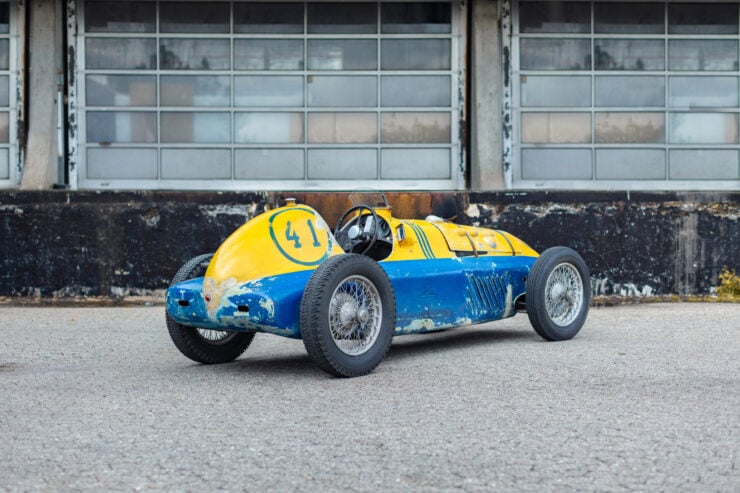
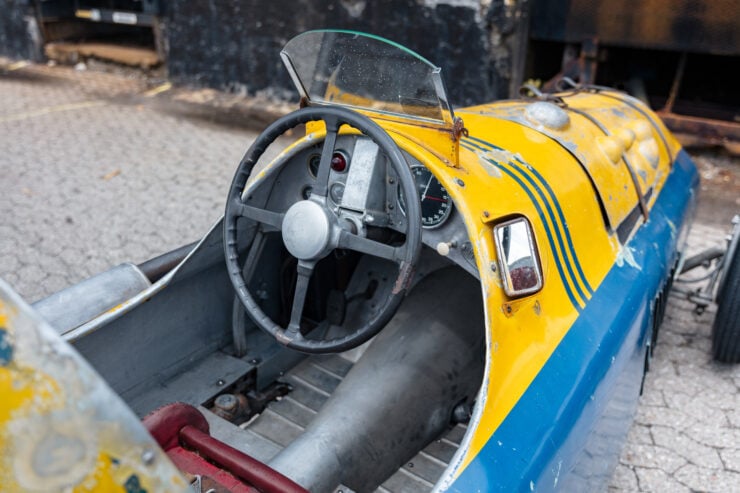
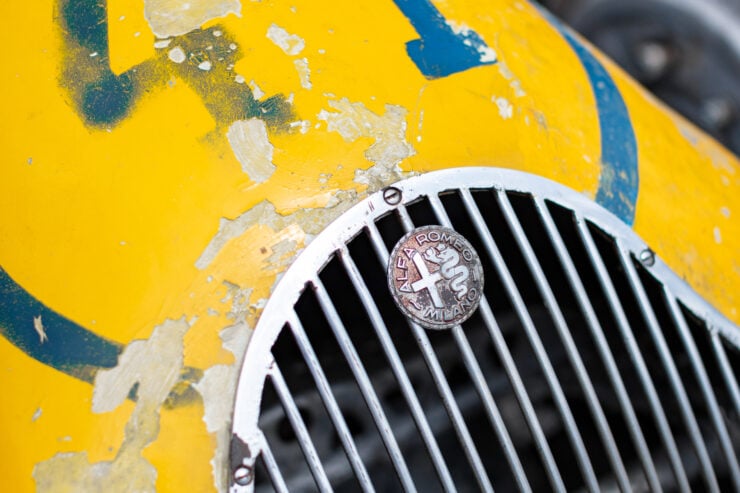
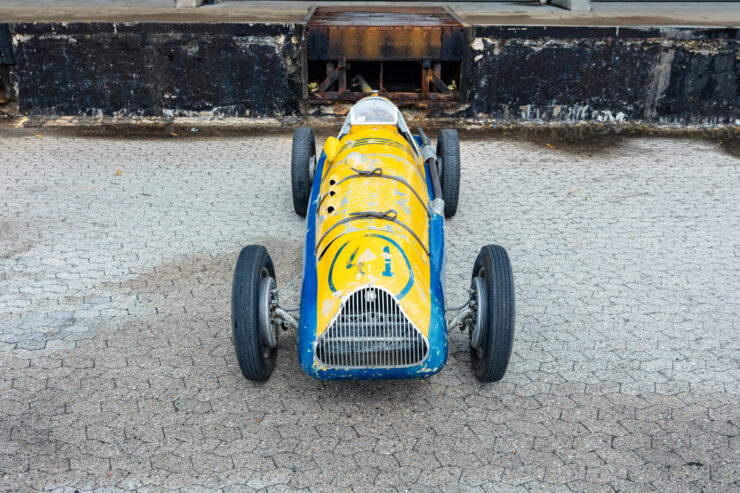
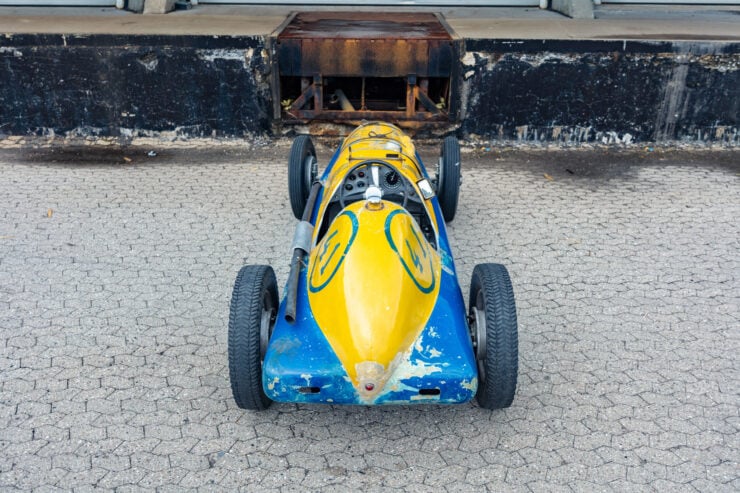
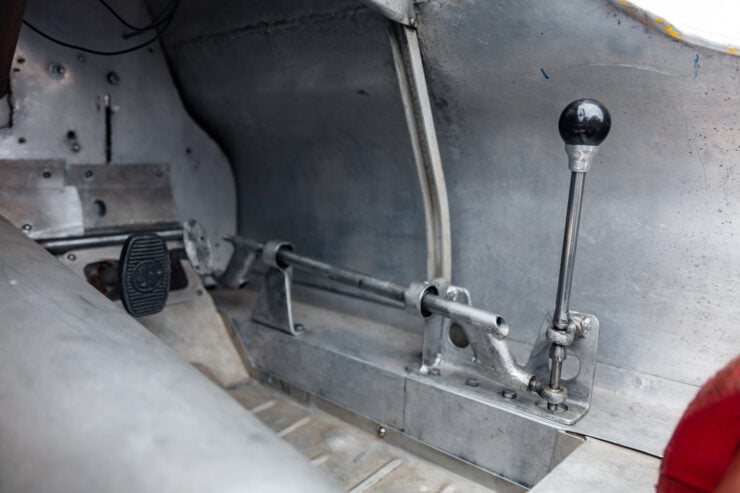
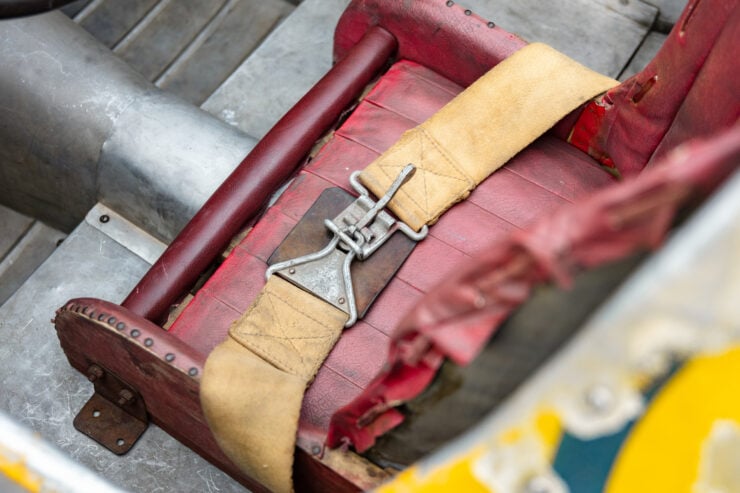
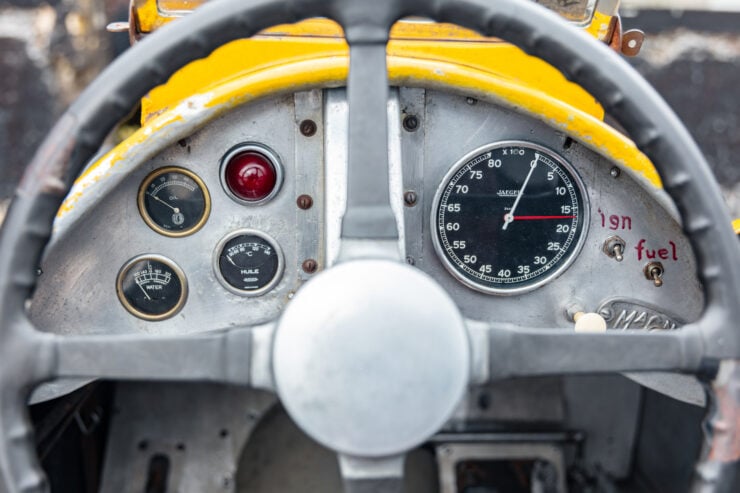
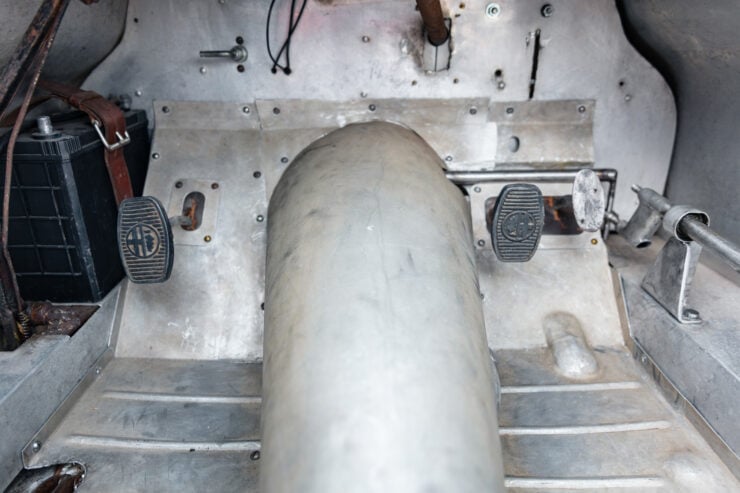
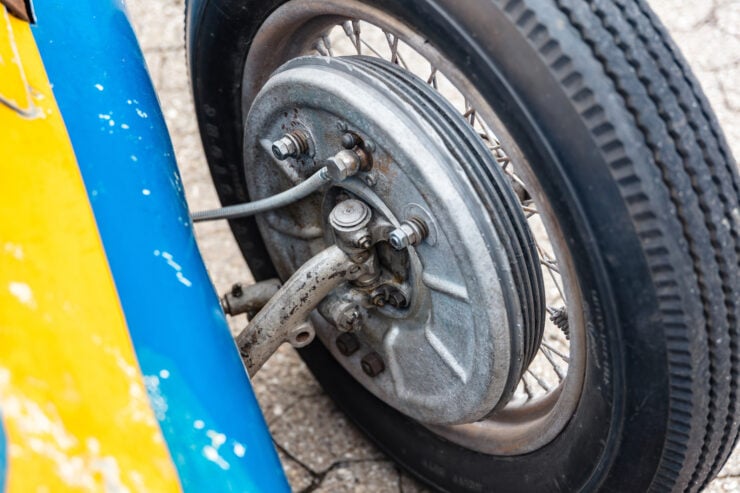
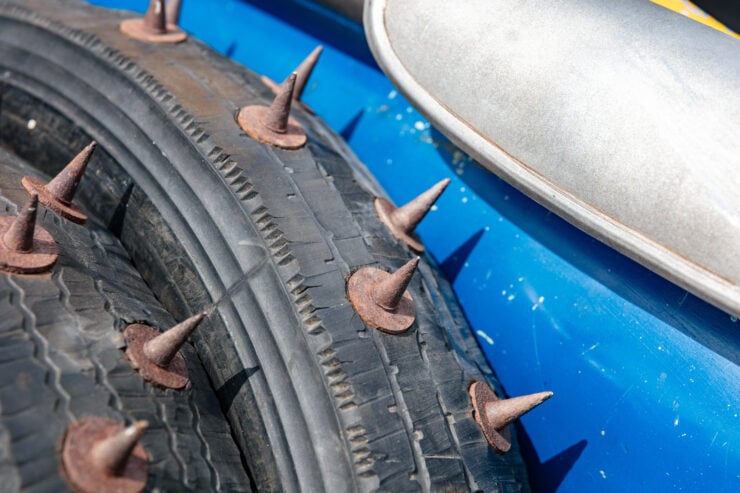
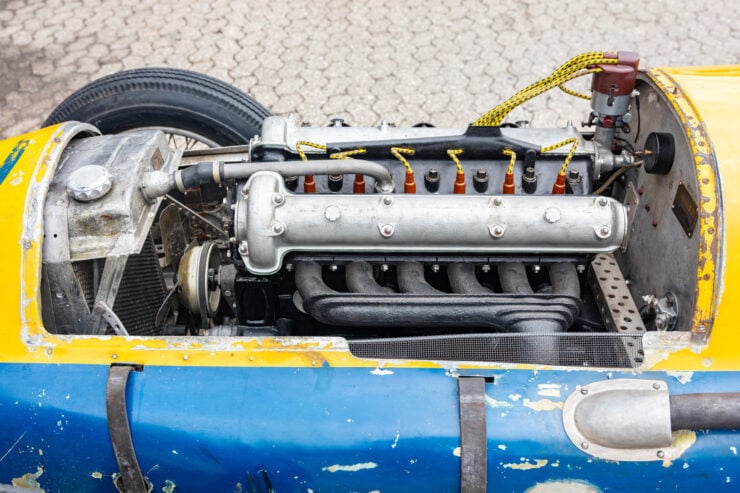
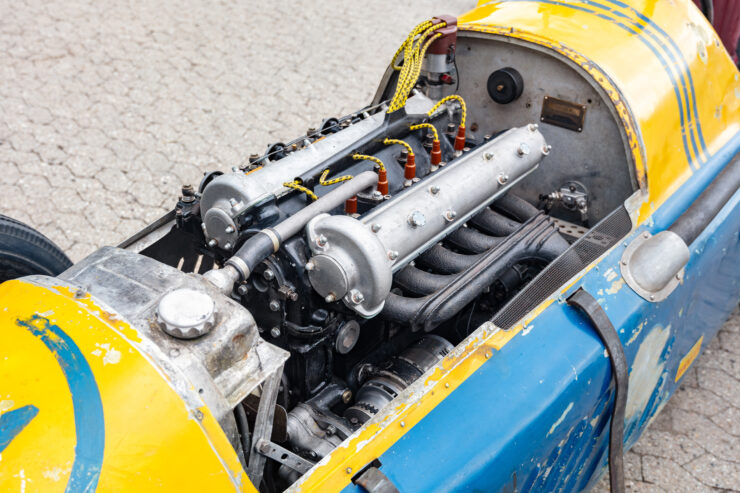
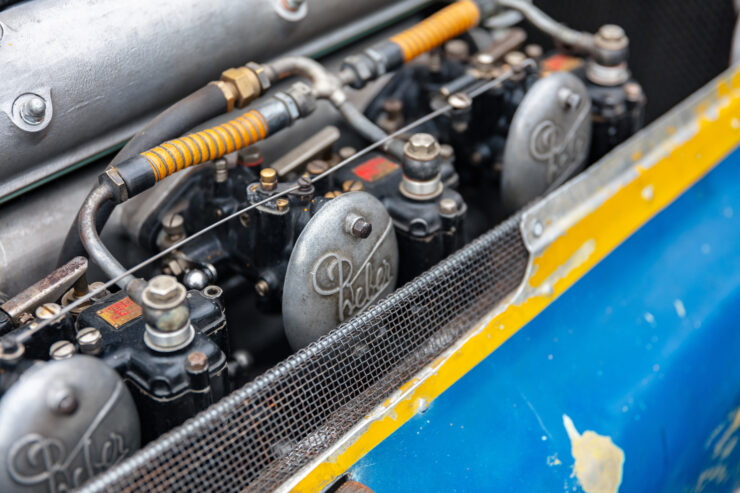
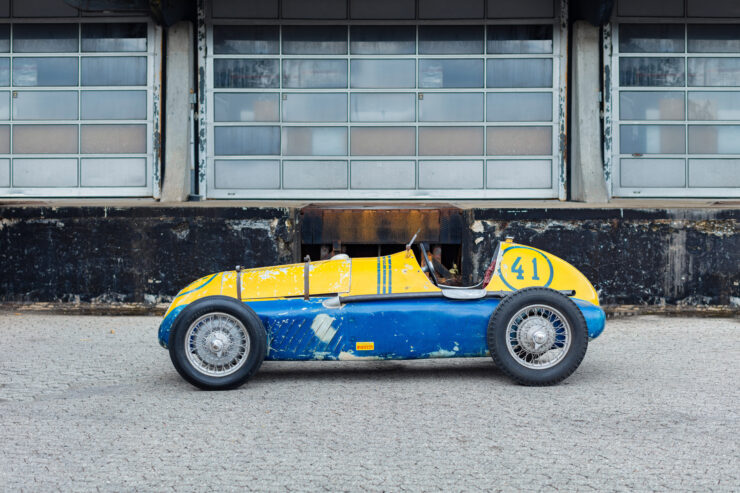
Picture Credits: All pictures of the sale Go-On II-Alfa Romeo Special Ice Racer Clas Lindman ©2024 Courtesy of RM Sotheby’s.


